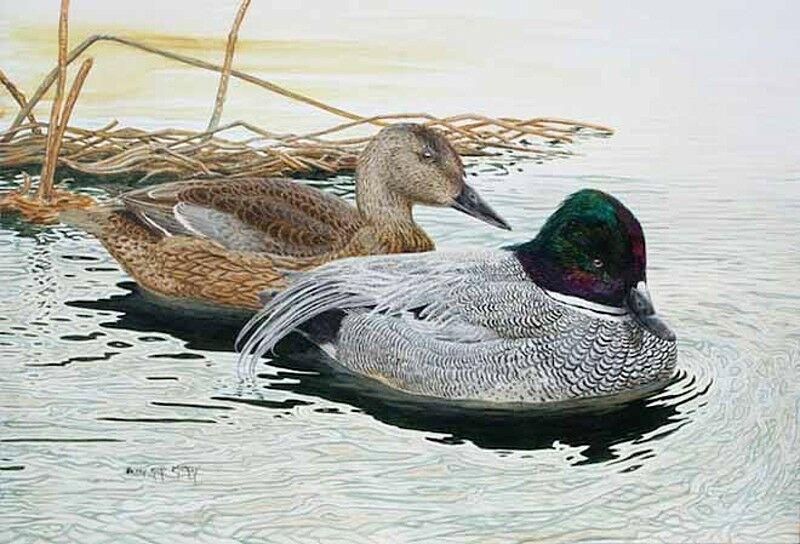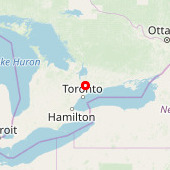Falcated Duck - Mareca falcata
Canard à faucilles

Copy forbidden without prior authorization. © Barry Kent Mackay
The species
Classification
Order : Ansériformes
Family : Anatidae
Species : Falcated Duck
specie's pictures
The picture
O.Net ref. : bkma55306
Author :
B. Kent Mackay
Shooting
Country : Canada (ca)
Region : Ontario
Place : Markham

Lat. : 43° 52' 41'' North
Lng. : 79° 16' 41'' West